Search
Remove Ads
Advertisement
Search Results
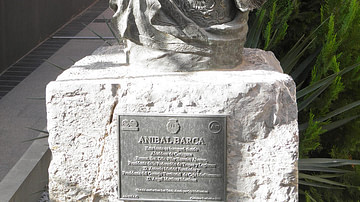
Article
The Price of Greed: Hannibal's Betrayal by Carthage
Hannibal Barca (l. 247-183 BCE), the brilliant Carthaginian general of the Second Punic War (218-202 BCE), had the military talent, expertise, and skill to have won the conflict but was denied the resources by his government. The Carthaginian...
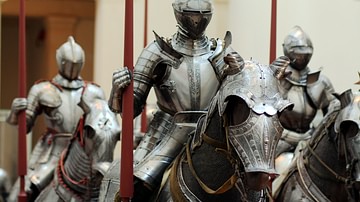
Image Gallery
Evolution of Armor Throughout The Ages
This collection explores the evolution of arms and armour around the world, from ancient times to the early modern period. Although it is by no means a complete list of the varied gear carried into warfare throughout history, it takes a look...
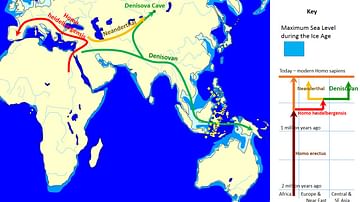
Image
Spread and Evolution of Denisovans
Map showing a possible scenario of the spread and evolution of Denisovans. On the right, it shows that Homo sapiens shares a common ancestor with the Neanderthals and Denisovans, who are sister species. There is evidence of interbreeding...
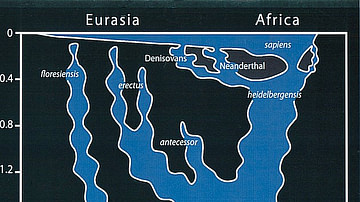
Image
Stringer Graph-model of Homo Evolution
Chris Stringer's hypothesis, depicted in a graph-model, of the evolution of several species of genus Homo over the last 2 million years (vertical axis), as published in Stringer, C. (2012). "What makes a modern human". Nature 485 (7396...
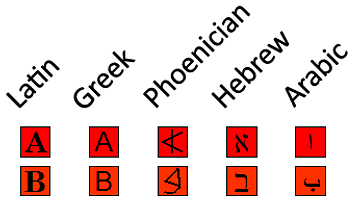
Image
Evolution of the Phoenician Alphabet
The Phoenician alphabet and its equivalents in four modern alphabets. From left to right: Latin, Greek, Phoenician, Hebrew, Arabic. Legend: In the middle column you'll find the original Phoenician letters, with their modern equivalents in...
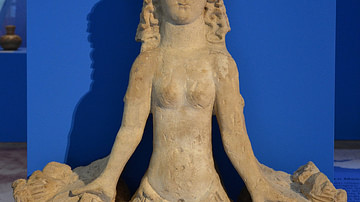
Definition
Scythian Religion
Scythian religion appears to be an amalgam of belief in a pantheon of gods grafted to more ancient animal reverence and shamanistic practice. According to their burial finds, the Scythians appear to have had a deep affinity with the animals...
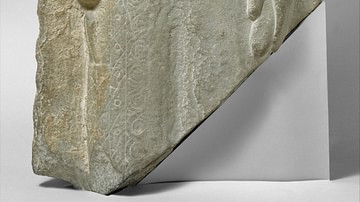
Definition
Parthian Religion
Parthian religion might be best described with two words: inclusive and evolving. As Parthia's empire held within it a variety of cultures, the Parthians wisely left each to their own beliefs and traditions, like the Seleucid Empire and the...

Video
Evolution of Japanese Gender Roles
A short video exploring how gender roles and women were portrayed during Medieval Japan and compared to more ancient and contemporary methods.
Researched and drawn by Ross Ranger; Inter-cultural Communication project at UEA

Image
What's New by Gauguin
An 1892 oil on canvas, Parau Api (What's New?), by Paul Gauguin (1848-1903) the French post-impressionist painter. Painted in Tahiti. In a letter to his wife, Gauguin wrote: "And these people are called savages!...They sing; they never steal...
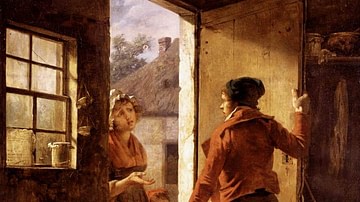
Definition
Flour War
The Flour War refers to the series of approximately 300 riots that swept through France from April to May 1775, because of rising bread prices. The revolts only subsided after soldiers had been deployed, resulting in hundreds of arrests...